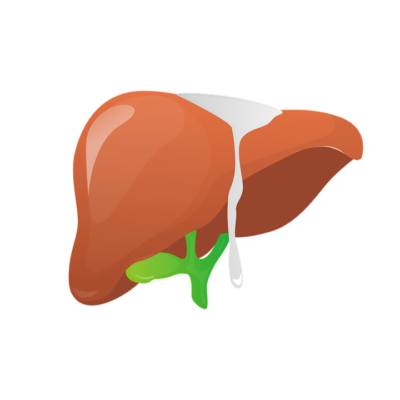
Tylenol (Acetaminophen) is no saint…a single 500mg tab is enough to kill a house cat 🐱, while the US Government used dead rats stuffed with just 80 mg tylenol to kill the invasive brown tree snake population 🐍 in Guam. We humans are lucky to have some margin of error in tolerating Tylenol. Unfortunately, it is avoided by some providers in cirrhotics for fear of wreaking havoc on what is left of their liver while some liver patients too are fearful of taking it. This myth needs to die!
In cirrhotics Tylenol can actually be a safer option than using NSAIDs (higher risk of AKI – HRS & bleeds ) and opioids (risk of hepatic encephalopathy from direct brain effect & by inducing constipation). A few studies done in liver disease patients taking Tylenol, show up to 2 grams a safe limit – Check studies on Pubmed!
Tylenol by itself is not toxic but liver converts a small portion of it to a metabolite – NAPQI – which is hepatotoxic. Since making this metabolite needs a functional liver, in cirrhosis therefore there is reduced conversion of Tylenol to NAPQI. One can argue then that there is lower risk. But two things to remember – there is also less normal liver left and could get inflamed easier, while alcohol induces liver to make more NAPQI, thus adding risk. And as a side-note, severely malnourished people have reduced ability to get rid of NAPQI.
So it’s perfectly ok to use Acetaminophen in chronic liver disease but with the following caveats 💡:
- Use a max of 2 gms Tylenol (Acetaminophen) every 24 hours in stable cirrhotics or chronic liver disease. Yes it’s ok to use 650mg doses at a time.
- Avoid completely in active Acute Liver Injury and in Acute Alcohol Hepatitis
- Cirrrhosis or not – I would avoid using more than 1.5 to 2 gms a day in active alcohol drinkers and severely malnourished patients
Don’t miss these fun posts! Subscribe via email 📩 | |
